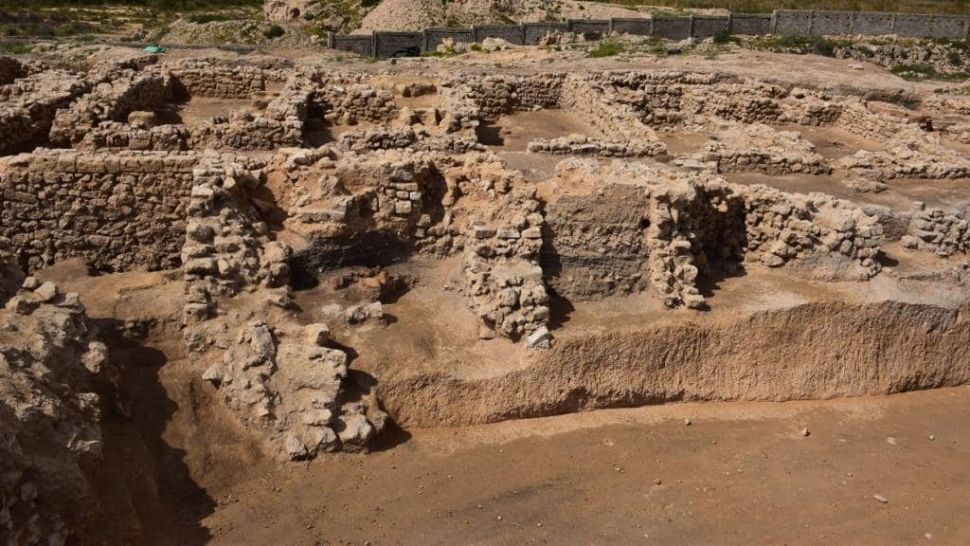Roman-Era Pottery Workshop Uncovered in Egypt
Archaeologists in Egypt have discovered an ancient pottery workshop — with the remains of rounded vessels, coins, figurines and even a ‘ritual room’ — dating to the beginning of the Roman period in Tabba Matouh, West Alexandria.

Ancient workers primarily used the site for crafting amphorae — two-handed vessels with a neck narrower than the main body that was used for the storage and transportation of goods such as oil and grain, according to the University of Oxford’s Classical Art Research Center.
Archaeologists with the Egyptian Ministry of Tourism and Antiquities discovered a number of buildings at the site, including a workshop containing a group of kilns.
Two of these were carved into the rock and one remains in excellent condition, the ministry announced in a translated statement.
During the Byzantine era (A.D. 330 to 1453), long after ceramic production ended at the site, the buildings were likely used for another purpose: lime production, Mustafa Waziri, secretary-general of the Supreme Council of Antiquities, said in the statement.
The archaeologists also uncovered graves, with burial holes dug into the rock, suggesting the site was later used as a cemetery during the medieval period. One of the graves held the remains of a pregnant woman.

The archaeologists also discovered a storage room, which contained cooking utensils and tableware. A number of limestone buildings were most likely used as temporary residences for workers at the site. One room was discovered with a raised platform and the remains of terracotta statues, suggesting it was likely used for rituals.
Some of these statues represent the god Harpocrates, the juvenile form of the falcon-headed god Horus.
Another room that had stoves and the remains of amphorae containing preserved fish bones was most likely used for cooking and selling food, according to the statement.
The site dates back to early Roman Egypt, which began in 30 B.C. following future Roman emperor Octavian’s defeat of Anthony and Cleopatra, according to the Metropolitan Museum of Art in New York City.
Following the Roman conquest, Egypt became a highly prosperous Roman province that supplied the rest of the Roman Empire with a variety of craft-based products, including pottery.
“Pottery is the most common artefact recovered through excavation and survey of Roman sites [in ancient Egypt],” Scott Gallimore, an archaeologist at Wilfrid Laurier University in Canada who was not involved in the new excavation, wrote in a 2010 paper for the Bulletin of the American Society of Papyrologists.
The archaeological team also unearthed a number of smaller items at the site, such as firewood, small statues, animal bones and a number of coins featuring the likeness of Cleopatra and Alexander the Great, according to Heritage Daily.
An amulet of the ancient Egyptian god Bes and a feathered crown associated with Bes were also discovered. Bes was seen as the god of music, merriment and childbirth, according to the Rosicrucian Egyptian Museum in California. Fishing hooks and the anchor of a boat were also among the items discovered.





